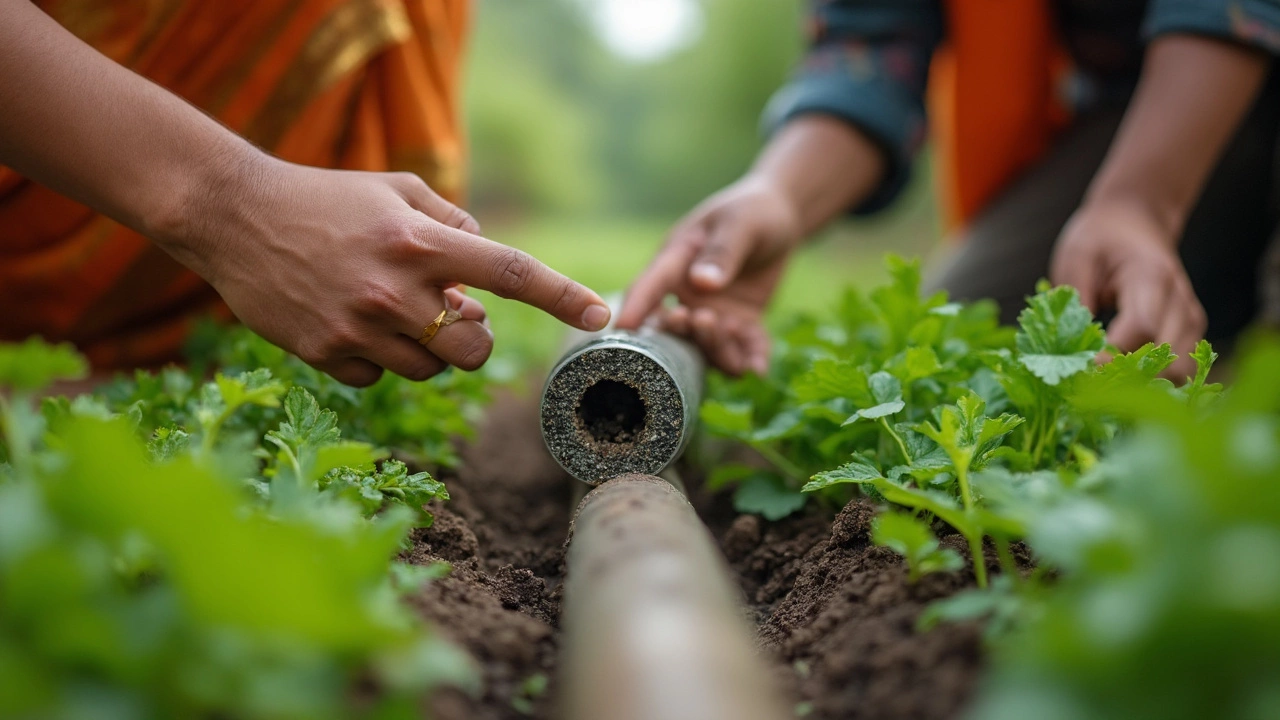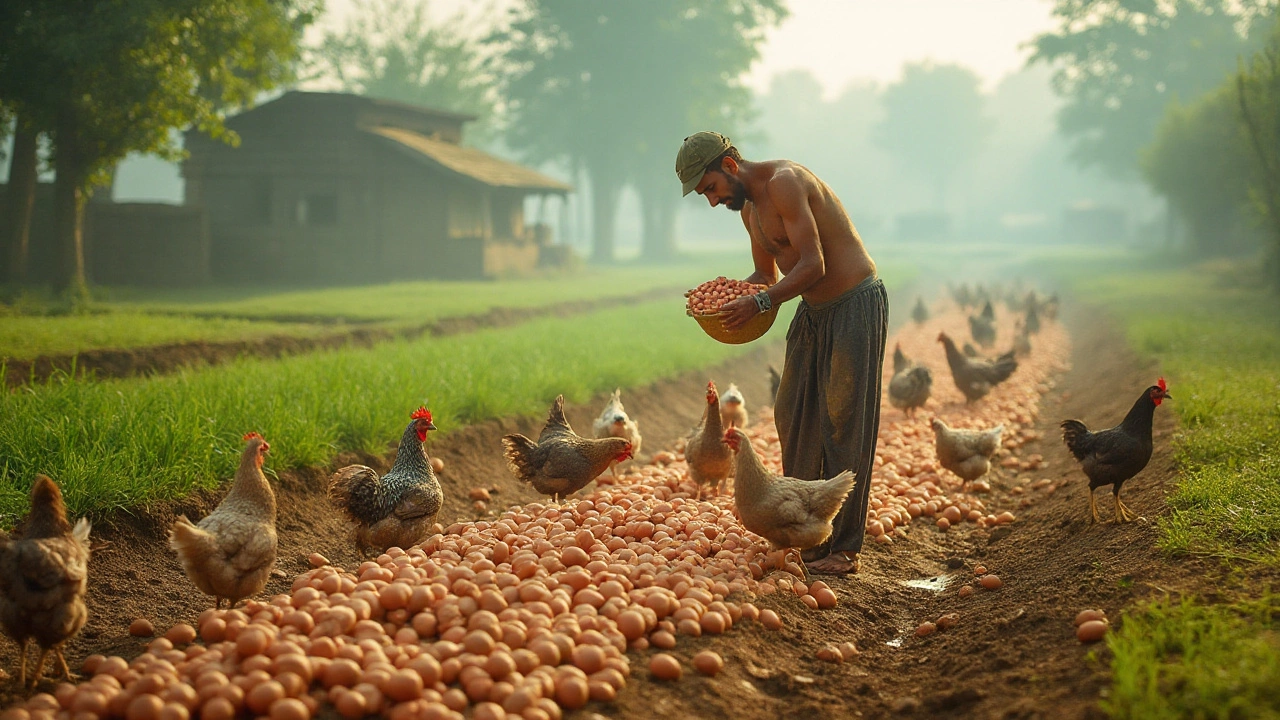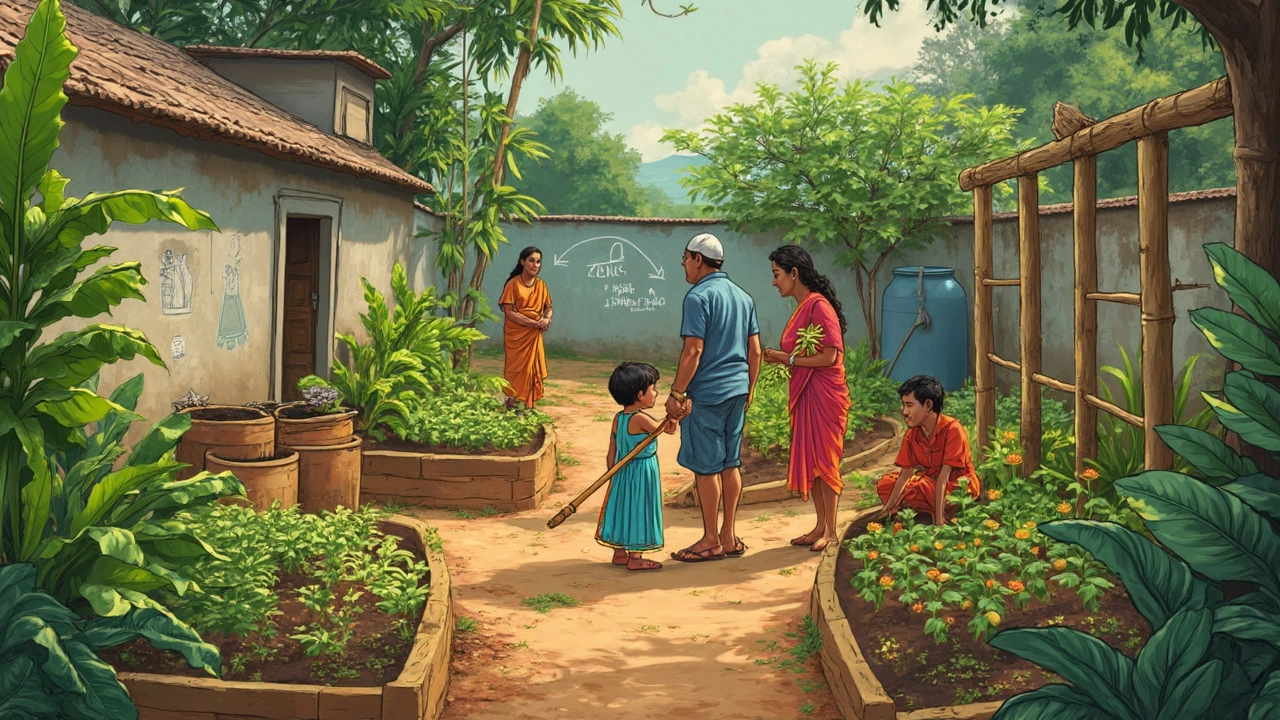Drip Line Clogging: What It Is and How to Stop It
When dealing with Drip Line Clogging, the unwanted buildup that blocks water flow in a drip irrigation system. Also called emitter blockage, it can turn a carefully planned garden into a dry, stressed mess. Understanding why clogging happens lets you keep water where it belongs – at the plant roots.
Drip Irrigation is a low‑pressure, low‑volume watering method that delivers water directly to the soil through a network of tubes and emitters. Mulch sits on top of the soil, conserving moisture and suppressing weeds, but it can also shed tiny particles that travel down the line. When those particles reach the emitters, they create soil clogging, slowing or stopping flow. The result is uneven watering, stressed plants, and higher water bills. To prevent this, you need good filtration, regular flushing, and smart mulch choices – all tools that directly address the problem.
How to Diagnose and Fix Drip Line Clogging
First, check the drip line clogging symptom: water pools at the inlet or only a few emitters work. That tells you the blockage is near the source. Next, inspect the emitter heads – if water dribbles out slowly, sediment is likely the culprit. A quick blow‑out with a pressure washer or a simple hand‑pump can clear loose debris. If the line stays slow, replace the filter or add a finer screen; finer screens trap smaller particles but need more frequent cleaning.
Mulch management plays a big role. Coarse bark mulch breaks down slowly, sending fewer fine particles into the line, while shredded leaves decompose quickly and release a lot of organic matter. Position the mulch a few centimeters away from the emitter tips, or use a protective screen over the soil surface. This simple adjustment reduces the amount of organic debris that can travel down the tubes.
Regular maintenance is the third pillar. Flush the system at the start of every growing season with a higher‑pressure water burst for five minutes. This flush clears out any buildup that settled during the off‑season. Pair flushing with a filter rinse – soak the filter in clean water, shake out any trapped grit, and reinstall. Doing this quarterly keeps flow rates steady and stops minor clogs from becoming major blockages.
Finally, consider the water source. Hard water leaves mineral deposits that coat the inside of tubes, especially in areas with high calcium content. Installing a water softener or using a reverse‑osmosis pre‑filter tackles mineral clogging at its source, extending the life of your drip line. By addressing the water quality, you eliminate another hidden cause of blockage.
All these steps – proper filtration, smart mulch placement, routine flushing, and water‑quality control – create a three‑layer defense against drip line clogging. With the right habits, your garden stays hydrated, your plants stay healthy, and your water budget stays tight. Below you’ll find a curated set of articles that dive deeper into each technique, from choosing the best filter media to troubleshooting stubborn emitter blockages.
Drip Line Clogging: Why It Happens and How to Fix It
Clogged drip lines can turn a garden from lush to lackluster fast. This article breaks down the reasons your drip irrigation keeps getting blocked, from tiny bits of dirt to sneaky mineral buildups. Learn how water quality, neglected filters, and outside pests create headaches for gardeners. Get straight-to-the-point tips for preventing and tackling clogs. No more guessing—just clear, practical fixes so you can keep your plants happy.
- manufacturing
- India
- food processing
- garden tips
- rice cultivation
- government schemes
- balcony garden
- urban gardening
- balcony gardening
- profitable business
- business ideas
- plastic manufacturing
- drip irrigation
- plant care
- steel manufacturing
- sustainable gardening
- startup ideas
- steel industry
- flower gardening
- textile manufacturers






